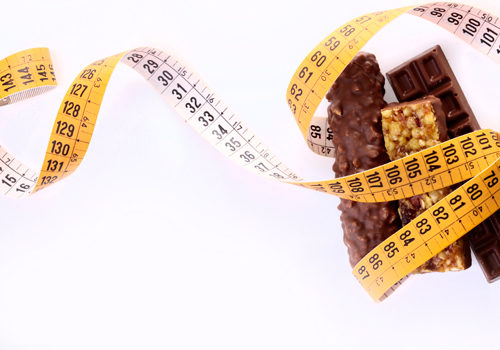Your customers now know which type of protein and how much protein they should invest in. Now, it is necessary to establish if the delivery method of said protein also makes a difference.
Hohl says that each individual needs to decide on a delivery method that "is best suited to their preferences, goals and lifetyle."
“Taste, convenience and price/value are the main drivers for purchase,” says Stover. He also believes the decision about which protein form is best is partly psychological. He states, “Some perceive a large tub of protein to be solely for ‘bodybuilders’ and view protein bars as more of a healthy snack or meal replacement.”
Marr believes bars tend to contain more wasted calories than other delivery options. He adds, “If someone does prefer a bar, they should choose one that has more protein than sugar and look for a clean formula, one with not a lot of filler ingredients.”
Clouatre also states that protein bars “almost out of necessity will include sweeteners and binders because these are required to make the bars palatable and to hold them together.”
Urban agrees that bars contain a lot of unnecessary ingredients and states that “powdered proteins will provide more protein content with fewer additives and fillers than it takes to produce a bar.”
"Both bars and beverages can contain higher fat and carbohydrate contents and therefore tend to serve as a meal replacement or a more satiating snack," says Hohl.
Ultimately, Clouatre says that “the tub-versus-bar option is really only about convenience.”
But, are there any other positives to choosing a protein powder over a protein bar?
“I always recommend using a protein powder over a protein bar from both a nutritional standpoint and for efficiency,”says Andrews. “Food in a liquid form requires less chewing and enzymes to break down, giving you a better net energy gain from your protein shake or a smoothie versus a bar.”
Dearwater cites a study that bolsters this viewpoint: a 2011 study from the British Journal of Nutrition “found that when an equal amount of protein was consumed in liquid and solid forms, the participants who consumed the liquid protein registered higher levels of amino acids in their bloodstream 30 minutes and four hours after consumption” (7).
“If you’re looking to get amino acids from protein as expediently as possible to worked muscles, it seems a shake made with protein powder is the way to go,” states Dearwater.
But, bars do have an important place for shoppers that want a healthy snack or extra boost during an energy slump.












